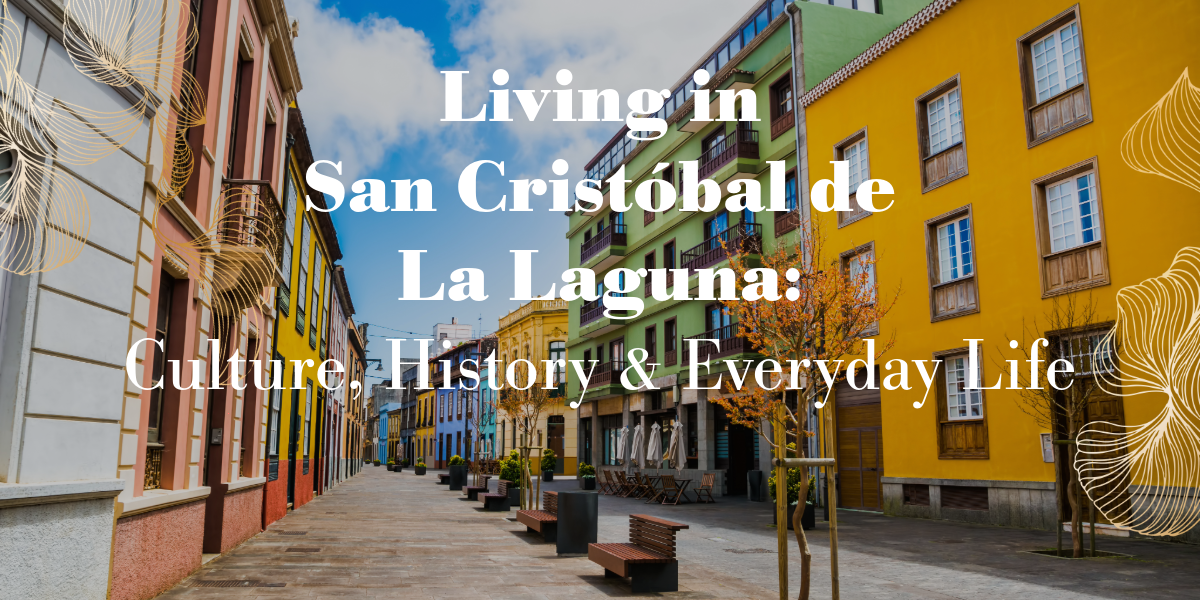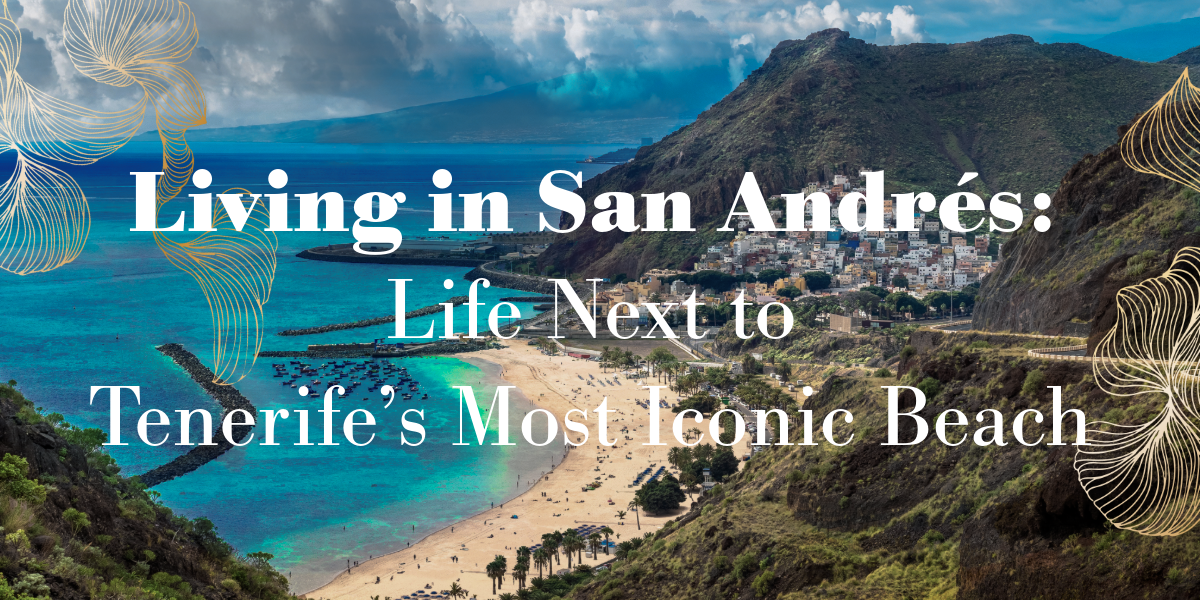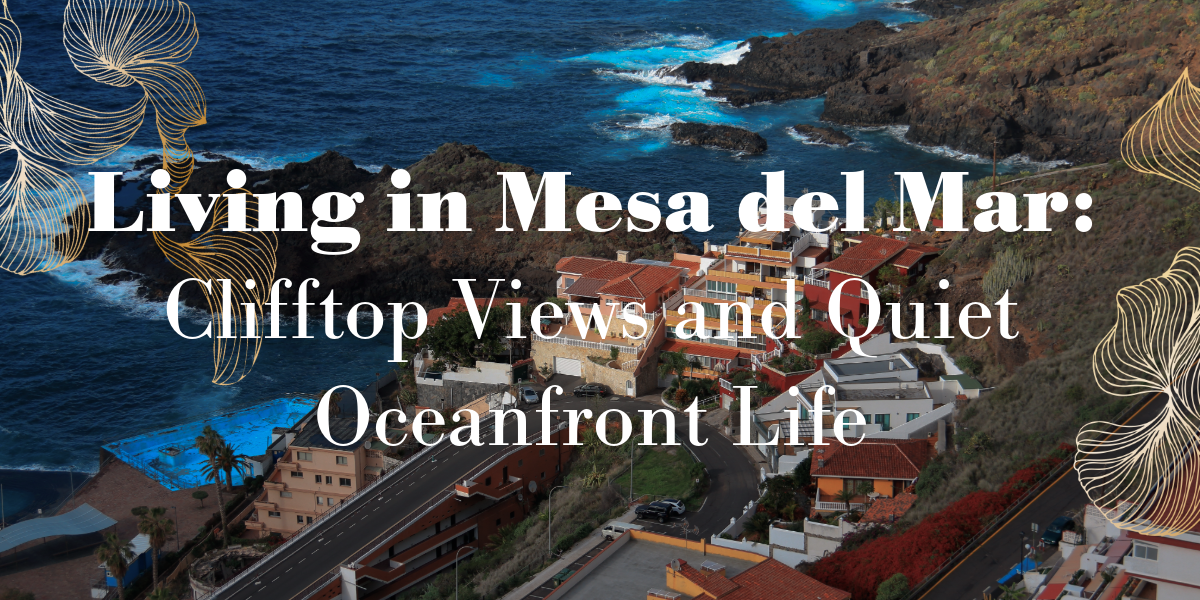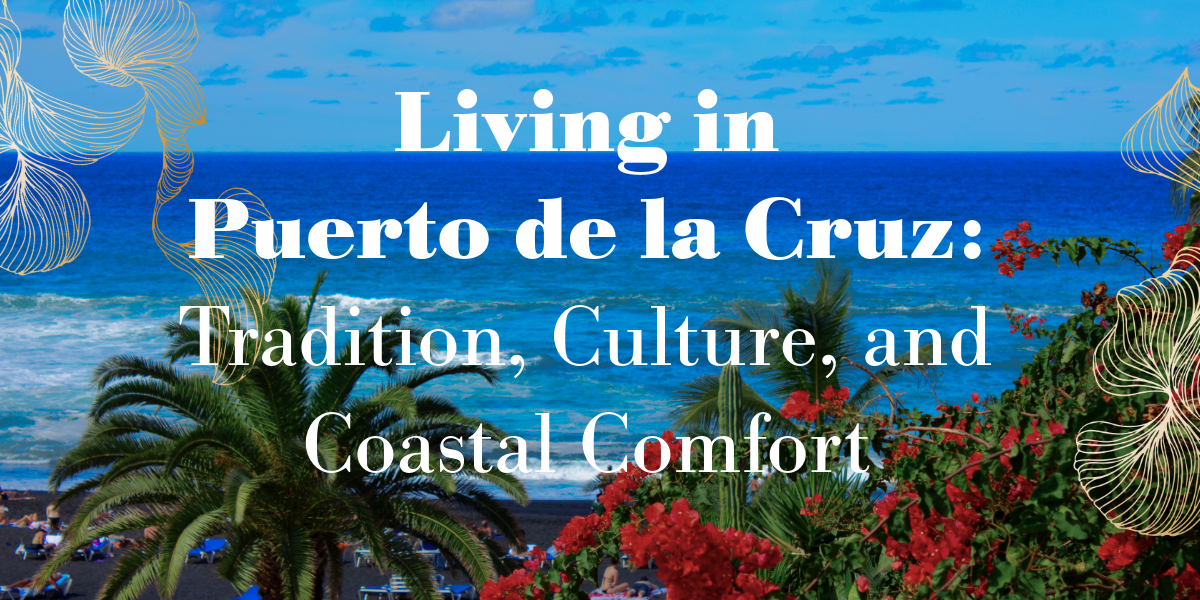Living in Santa Cruz de Tenerife: Capital Vibrancy with Atlantic Breeze
Santa Cruz de Tenerife is the vibrant capital of Tenerife and one of the two co‑capitals of the Canary Islands. Blessed with seaside promenades, historic quarters, cultural life, and direct sea access, the city offers a blend of urban living and island charm. Its neighbourhoods range from dense downtown streets to hillside residential zones with views, making it versatile for different lifestyles — from professionals and families to retirees and creatives.

In 2025, the average price of housing in Santa Cruz has climbed to about €1,812 per square metre for finished properties (new or used) in the city area. According to real estate platforms, average asking prices in the municipality hover around €2,556/m² in prime zones. In less central sectors or older buildings, prices can trend closer to €2,100–€2,300/m².
Given these averages, you can expect a one‑bedroom apartment in a mid-range neighbourhood to cost anywhere from €140,000 to €200,000 depending on condition, floor, and exposure. Two-bedroom flats typically range between €200,000 and €320,000, while larger historic homes, duplexes, or newer upscale apartments with views can exceed €400,000 or more.

Property taxes (IBI) in Santa Cruz are modest relative to others. For an apartment of moderate size, IBI might run around €200–€500 per year, depending on the cadastral value. Community fees, especially for buildings in the city center with lifts, shared corridors, or courtyard maintenance, might range from €40 to €120 per month, though older, simpler buildings may have much lower running costs.
Stock in Santa Cruz is varied: in the historic center you’ll find traditional Canarian houses, narrow streets, and period architecture. Moving uphill or toward suburbs, you’ll see modern apartment blocks with terraces, parking, and better light exposure. Some areas near the seafront and promenade feature mid-rise buildings with balconies and sea views.
Living in Santa Cruz means you have amenities at your doorstep: shops, restaurants, cultural venues, hospitals, schools, and efficient public transport. The city’s layout allows many neighbourhoods to be walkable. The seafront promenade, plazas, and parks connect urban life to the sea. While beach life here is different from the soft sands of the south, there are coastal spots and bathing zones accessible from the city.

The climate is moderate and pleasant. Winters are mild, usually between 17–22 °C, and summers are warm but tempered by Atlantic breezes, averaging around 25–28 °C in many parts. The northern part of the island sees more cloud and humidity than the arid south, but Santa Cruz benefits from a combination of sunshine and ocean influence, making it quite livable year-round.
The population is cosmopolitan. Santa Cruz is home to Canarians, mainland Spaniards, and foreign residents from across Europe and Latin America. The city atmosphere is urban and dynamic but less tourist-driven than resort areas; many residents live year-round rather than seasonally. Spanish is dominant, but English and other European languages are common in shops, services, and among younger professionals.
In summary, Santa Cruz de Tenerife offers a strong balance: urban convenience, cultural depth, sea access, and a real local identity. Its housing is more expensive than rural or resort zones, but prices remain reasonable compared to major European capitals. For buyers who want to live in Tenerife’s civic and cultural heart, Santa Cruz remains a compelling choice.
Artículos recientes

13 de octubre de 2025 13/10/2025
Living in San Cristóbal de La Laguna: Culture, History & Everyday Life
San Cristóbal de La Laguna (often simply “La Lagu…

13 de octubre de 2025 13/10/2025
Living in San Andrés: Beachside Tradition at the Edge of Santa Cruz
San Andrés is a traditional coastal village tucke…

26 de septiembre de 2025 26/09/2025
Living in Mesa del Mar: Clifftop Views and Quiet Oceanfront Life
Mesa del Mar is a small, secluded coastal village…

26 de septiembre de 2025 26/09/2025
Living in Puerto de la Cruz: Tradition, Culture, and Coastal Comfort
Puerto de la Cruz is the beating heart of norther…

26 de septiembre de 2025 26/09/2025
Living in Güímar: A Blend of Rural Charm and Coastal Convenience
Güímar is a traditional town located on the south…